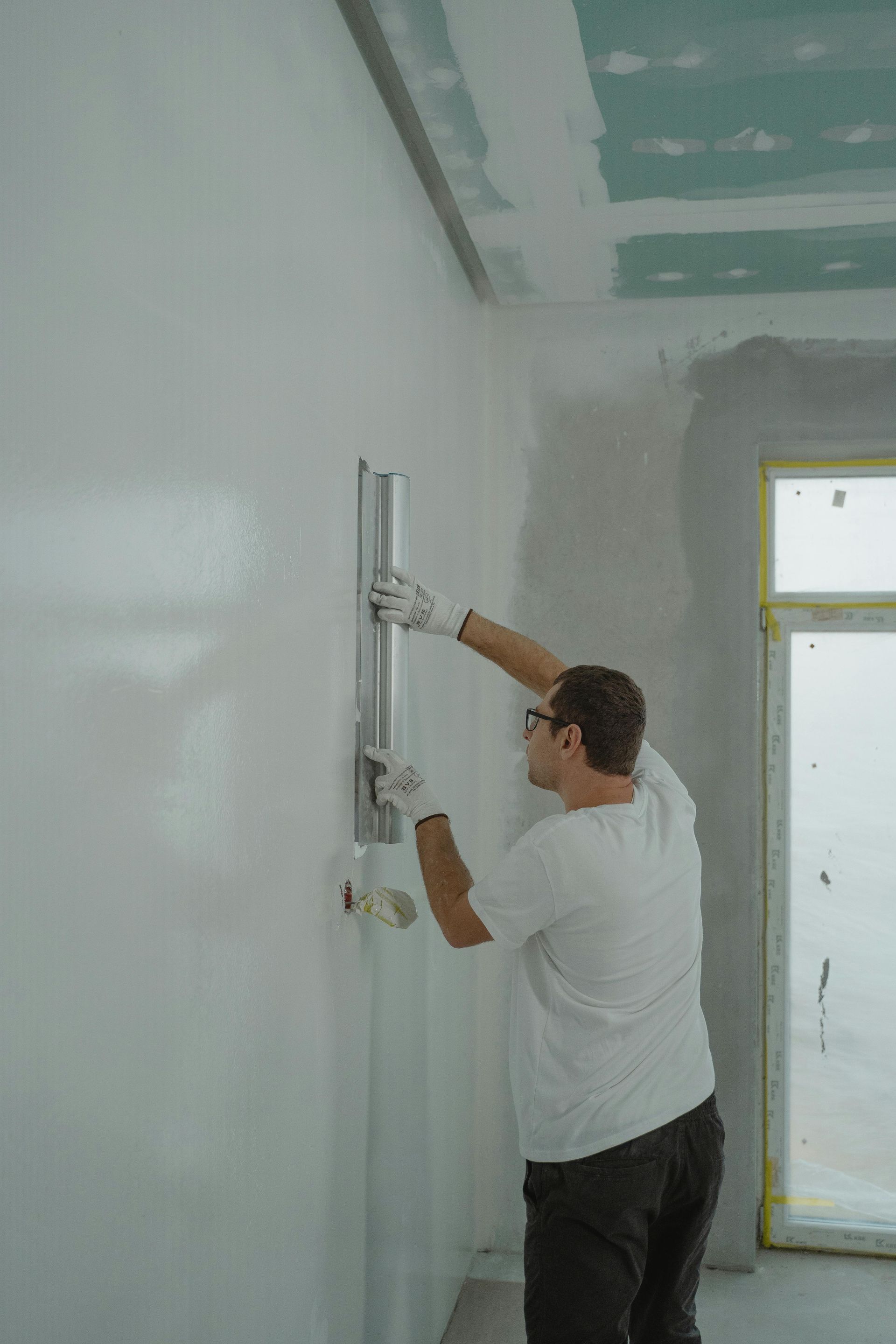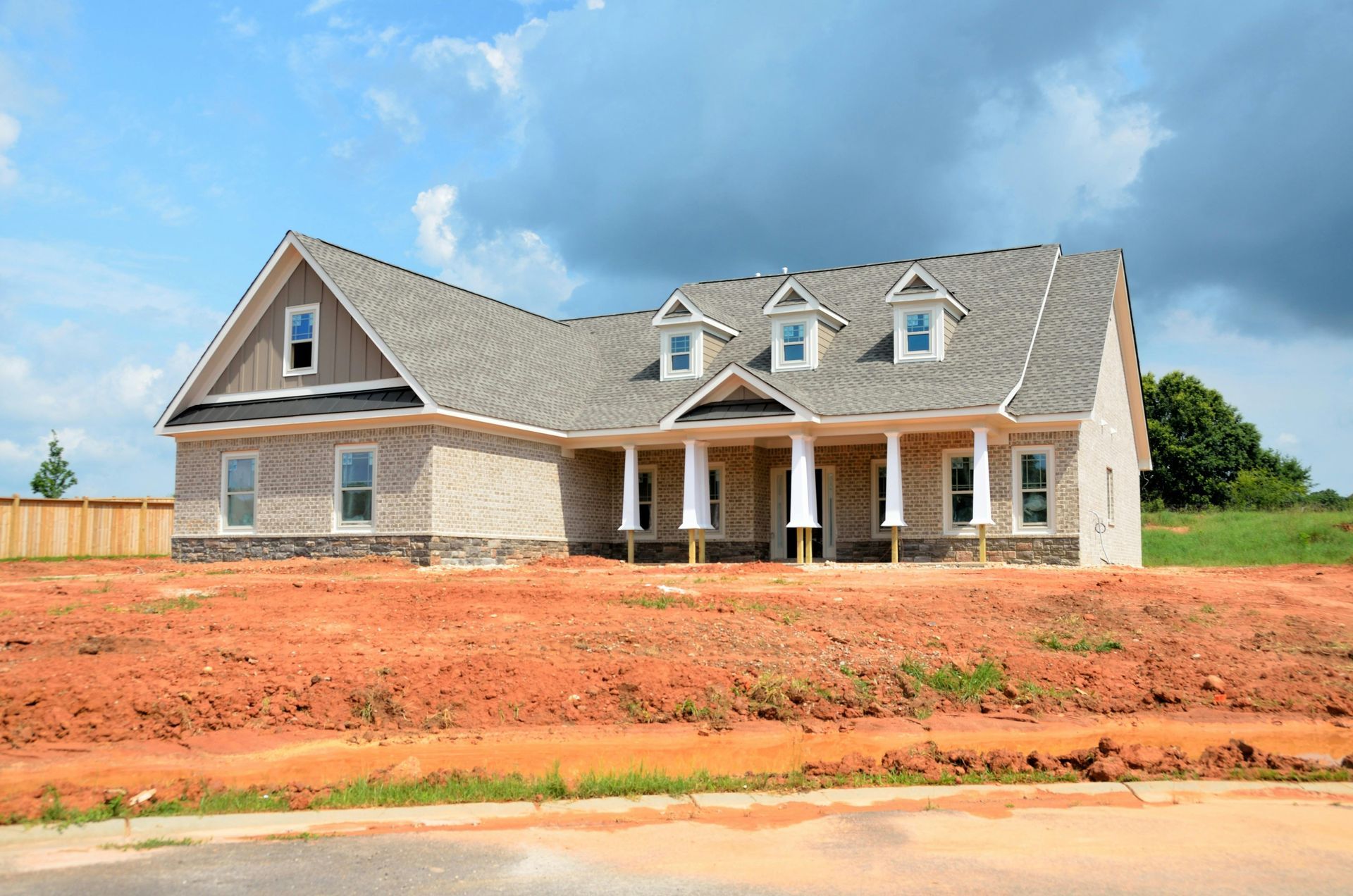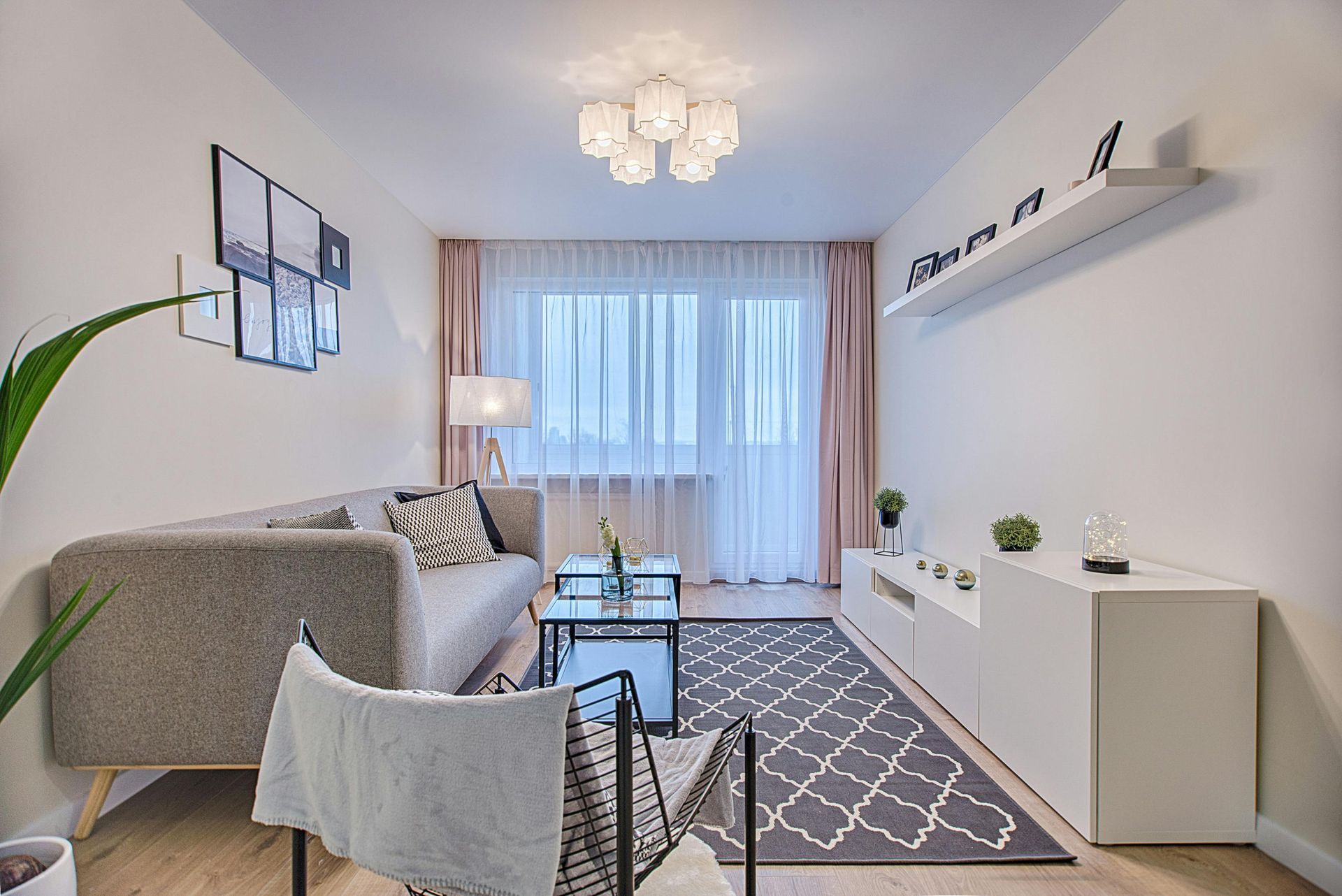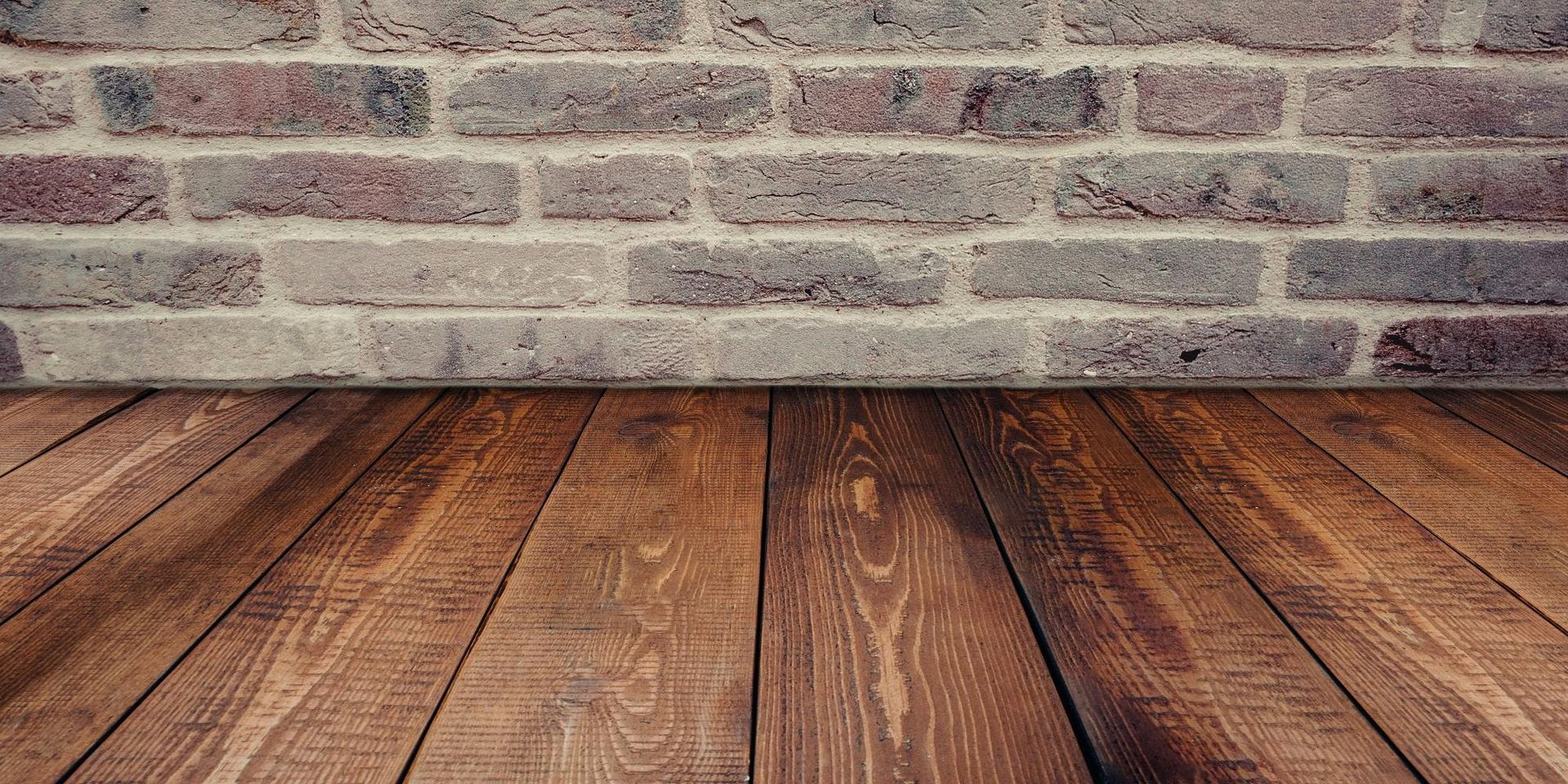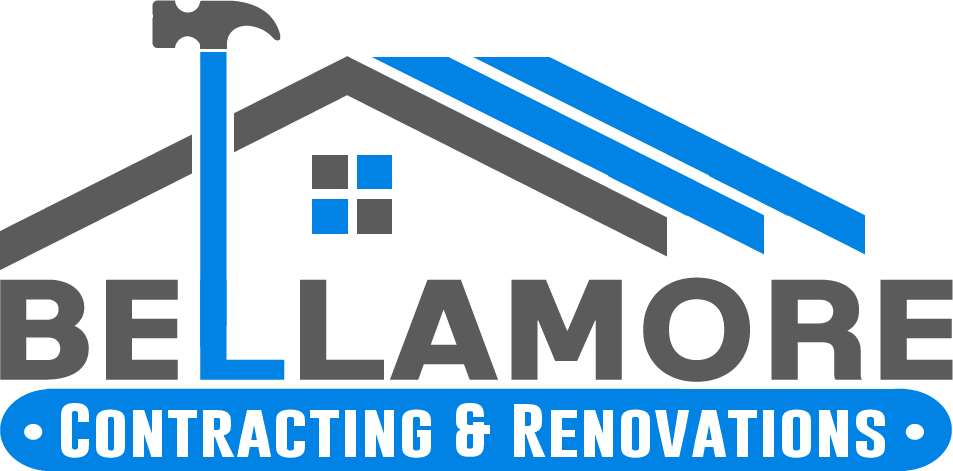Licensed (#RBC-21-01654) & Insured
Local References Available Upon Request
Licensed (#RBC-21-01654) & Insured | Local References Available Upon Request
Reimagining Your Space: A Complete Guide to Renovation and Remodeling
A home or business should evolve with its occupants, reflecting changing needs, tastes, and functional requirements. Renovation and remodeling projects breathe new life into spaces, whether it’s updating an outdated kitchen, modernizing a commercial property, or transforming a house to better fit a growing family. These projects not only enhance beauty and comfort but also significantly increase property value. With careful planning, the right materials, and skilled craftsmanship, any space can be reimagined to suit both aesthetic and practical needs.
Understanding the Difference Between Renovation & Remodeling
Renovation and remodeling are often used interchangeably, but they refer to distinct processes. Renovation typically involves restoring and refreshing existing elements without changing the structure of a space. This may include repainting walls, replacing fixtures, refinishing floors, or upgrading cabinets and countertops. The goal is to enhance the appearance and functionality of the space while keeping its original footprint intact.
Remodeling, on the other hand, involves altering the layout, structure, or function of a space. This could mean removing walls to create an open-concept design, expanding a bathroom, or reconfiguring a kitchen for better workflow. Remodeling projects often require more extensive planning, permits, and structural modifications, but they offer greater flexibility in transforming a space to better meet evolving needs.
Key Areas to Focus on in Renovation & Remodeling
Kitchens are often the heart of a home, making kitchen upgrades one of the most impactful renovations. Updating cabinetry, countertops, and appliances improves both functionality and aesthetics. Modern layouts incorporate open shelving, large islands, and energy-efficient appliances, making cooking and entertaining more enjoyable. Smart kitchen technology, such as touchless faucets and app-controlled appliances, adds convenience and efficiency to everyday routines.
Bathrooms have evolved from simple functional spaces to luxurious retreats. Renovations can include installing spa-like features such as rainfall showers, soaking tubs, and heated flooring. Storage improvements, such as built-in shelving and custom vanities, maximize space while enhancing organization. Water-efficient fixtures help conserve resources while reducing utility costs.
Living rooms and common spaces benefit from open-concept designs that improve flow and create a sense of spaciousness. Removing non-load-bearing walls, incorporating larger windows, and adding built-in features such as media centers or bookshelves can completely transform the atmosphere of a home. Lighting plays a key role in these renovations, with recessed lighting, statement fixtures, and natural light enhancements making a dramatic impact.
Bedrooms should be a sanctuary for rest and relaxation. Upgrading flooring, incorporating custom closet solutions, and adding smart home integration can improve comfort and convenience. Homeowners may also choose to convert unused spaces into additional bedrooms, home offices, or hobby areas, optimizing every square foot of their property.
Curb appeal is just as important as interior design. Exterior renovations include updating roofing, siding, windows, and entryways to create a welcoming first impression. Landscaping improvements, outdoor lighting, and well-designed patios or decks extend living space beyond the walls of a home. These enhancements not only improve aesthetics but also protect the property from weather-related damage.
For business owners, commercial space remodeling is an investment in both functionality and customer experience. Updating interiors, optimizing layouts for workflow, and incorporating brand-aligned design elements create a professional and inviting environment. Whether it’s a restaurant, retail store, or office space, well-executed renovations enhance efficiency and leave a lasting impression on clients and customers.
Planning Your Renovation & Remodeling Project
Successful renovations and remodels begin with defining goals and priorities. Whether updating a single room or undertaking a full-scale transformation, identifying must-have features and setting a realistic budget helps keep the project on track. Homeowners and business owners should consider how their needs may evolve over time, ensuring that upgrades provide lasting value.
Finding design inspiration is an essential step in the planning process. Exploring home improvement magazines, visiting model homes, and browsing online galleries help clarify style preferences. Working with experienced designers ensures that aesthetic goals align with practical considerations such as space efficiency and durability.
Collaborating with architects and designers brings professional expertise to the project. They can identify opportunities for maximizing space, recommend high-quality materials, and develop detailed plans that meet both aesthetic and functional needs. For major structural changes, such as removing walls or expanding rooms, professional input ensures safety and compliance with building codes.
Choosing the right materials has a direct impact on the longevity and appearance of a renovation. High-quality finishes, durable flooring, and energy-efficient fixtures enhance the overall value of a space. Sustainable options, such as recycled materials and eco-friendly appliances, contribute to environmental responsibility while reducing long-term maintenance costs.
Understanding permits and compliance is essential, particularly for structural changes or commercial remodels. Local building codes dictate requirements for safety, accessibility, and energy efficiency. Ensuring that permits are obtained and inspections are scheduled helps prevent costly delays and legal complications.
The Renovation & Remodeling Process
The journey begins with an initial consultation and planning phase, where project scope, timelines, and budget are defined. This step lays the foundation for a successful renovation, allowing for clear communication between homeowners, designers, and contractors.
Demolition and preparation involve removing outdated elements while preserving the structural integrity of the space. Proper precautions, such as dust containment and waste disposal, ensure minimal disruption to daily life. In some cases, structural reinforcements or foundation repairs may be necessary before new construction begins.
During the construction and installation phase, contractors execute the project plan with precision. This includes framing new walls, installing plumbing and electrical systems, and incorporating design features such as cabinetry, countertops, and flooring. Close attention to detail ensures that each element is seamlessly integrated into the overall design.
Finishing touches bring the space to life. Paint selection, lighting fixtures, decorative accents, and furniture placement add personality and character to the newly renovated area. Professional interior design services help achieve a cohesive and polished look.
A final inspection and walkthrough provide an opportunity to ensure that every detail meets quality standards. Any last-minute adjustments or touch-ups are completed, and homeowners or business owners can officially enjoy their transformed space.
Trends and Innovations in Renovation & Remodeling
Sustainable and eco-friendly upgrades are becoming increasingly popular as homeowners seek energy-efficient solutions. Solar panels, smart thermostats, and water-saving fixtures reduce environmental impact while lowering utility costs. Green building materials, such as reclaimed wood and low-VOC paints, promote healthier indoor air quality.
Multifunctional spaces maximize the usability of a home or business. Open layouts that accommodate flexible workspaces, entertainment areas, and storage solutions adapt to changing needs. Convertible furniture and hidden storage features enhance functionality without sacrificing style.
Luxury features and smart technology continue to shape modern renovations. High-end kitchen appliances, voice-activated lighting, and integrated security systems add convenience and sophistication. Home automation allows for remote control of climate, lighting, and entertainment systems, enhancing comfort and efficiency.
Minimalist and open-concept designs emphasize clean lines and clutter-free aesthetics. Natural light, neutral color palettes, and sleek materials create a sense of openness and tranquility. This design philosophy prioritizes simplicity while maintaining a high level of elegance.
Why Work with a Professional Renovation & Remodeling Team?
Partnering with experts ensures that a renovation project is executed with precision and efficiency. Professional teams bring expertise in design, structural modifications, and material selection, resulting in a high-quality outcome that meets both aesthetic and functional goals.
Effective project management minimizes delays and budget overruns. Coordinating contractors, suppliers, and inspections requires experience and organization. A professional team handles logistics, ensuring that work progresses smoothly and deadlines are met.
Cost-effective solutions help homeowners and business owners make the most of their budget. Professionals provide access to exclusive materials, negotiate supplier discounts, and recommend cost-saving alternatives without compromising quality.
Access to exclusive materials and resources enhances the final result. Contractors and designers have relationships with trusted suppliers, allowing for high-end finishes and custom features that may not be available through standard retail channels.
Bringing Your Vision to Life
Renovation and remodeling projects transform spaces into functional, beautiful, and modern environments. Whether upgrading a kitchen, expanding a commercial space, or enhancing curb appeal, these improvements add lasting value. Working with a skilled team ensures that every detail is thoughtfully executed, resulting in a seamless and stress-free experience. Investing in quality renovations today creates a home or business that continues to inspire and function efficiently for years to come.



